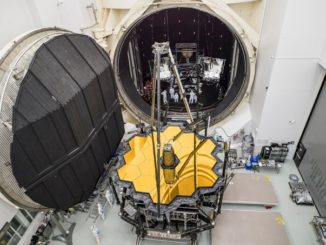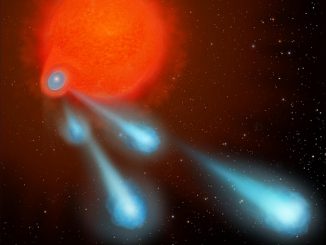
The NASA/ESA Hubble Space Telescope

Picture This

News

News

News
Giant ‘cannonballs’ seen shooting from binary-star system
The NASA/ESA Hubble Space Telescope has detected superhot blobs of gas, each twice as massive as the planet Mars, being ejected near a dying red giant star in the V Hydrae binary system. The plasma balls are zooming so fast through space it would take only 30 minutes for them to travel from Earth to the Moon.
